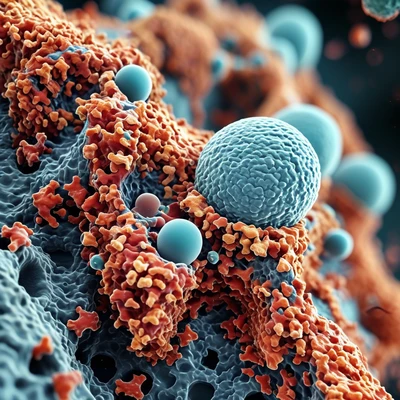A recent study by Leipzig University researchers has uncovered a key receptor vital to strength and regeneration in bone cells. They've also found ways to selectively activate this receptor, potentially leading to new medications with fewer side effects for patients dealing with aging-related bone deterioration.
This research was published in the Signal Transmission & Targeted Treatment journal. Signal Transmission & Targeted TreatmentDeveloping safe and long-lasting treatments for osteoporosis has become increasingly important. In Germany alone, around six million people suffer from this common condition, predominantly women. The discovery of new drug targets is crucial for better therapies with fewer side effects.
The GPR133 adhesion G protein-coupled receptor belongs to a lesser-explored family of receptors. Leipzig University researchers have demonstrated that GPR133 plays an essential role in building and maintaining healthy bone tissue.
In laboratory mice, genetic impairment of this receptor leads to early loss of bone density, similar to osteoporosis in humans. Using the newly identified substance AP503, which stimulates GPR133, researchers were able to significantly increase bone strength both in healthy mice and those with induced osteoporosis.
Within bones, GPR133 activates signals in response to neighboring cells interacting and mechanical strain, promoting growth in bone-building cells (osteoblasts) and preventing activity of bone-resorbing cells (osteoclasts). The result: stronger, more resilient bones. The newly found active substance AP503 can replicate this natural signal.In the future, it could be used to strengthen healthy bones or rebuild weakened ones in conditions such as postmenopausal osteoporosis. A previous study by Leipzig University researchers had already demonstrated that activation with AP503 also strengthens skeletal muscle.


